The executive office serves as more than just a workspace—it represents the vision, values, and professional standards of leadership within an organization. A thoughtfully furnished executive office communicates competence, inspires confidence, and creates an environment where critical decisions can be made with clarity and focus.
Executive offices function as multifaceted spaces where leaders conduct private meetings, engage in strategic planning, and represent their organization to clients and stakeholders.
The furniture selected for these spaces must therefore balance functionality with sophisticated aesthetics, ensuring that every piece contributes to both productivity and professional image. Make your workspace more aligned with your goals now by learning about the essential furniture every executive office should include.
The Executive Desk: A Foundation of Productivity
The executive desk stands as the centerpiece of any leadership workspace, serving as the primary hub for decision-making and daily operations. This essential piece must accommodate the complex demands of executive work while projecting an image of authority and sophistication that reflects organizational values.
Executive desks require substantial surface area to support multiple monitors, documents, and communication devices simultaneously.
At Bush Business Furniture, our executive office desks are available in many sizes and configurations to meet your specific workplace needs.
The expansive workspace that these desks provide enables leaders to spread out strategic materials, review multiple projects concurrently, and maintain organized access to critical information throughout demanding workdays. Quality construction ensures durability under heavy use while maintaining the polished appearance essential for executive environments.
Storage, Style, & Cable Management
Storage integration within executive desks provides discrete organization for sensitive documents and personal items. Built-in drawers with locking mechanisms offer secure storage for confidential materials, while open shelving accommodates frequently accessed resources.
Cable management systems maintain the clean, professional appearance necessary when hosting meetings or video conferences directly from the desk area.
The design aesthetic of executive desks communicates organizational culture and leadership style to visitors and team members. For example, traditional wood finishes convey stability and established authority. The selected style should align with organizational branding while creating an environment where executives feel confident and focused.
The Executive Chair: Prioritizing Comfort and Posture
Executive chairs represent a critical investment in leadership, health, and productivity, supporting long hours of focused work while maintaining the professional appearance expected in executive environments.
The demanding nature of leadership roles requires seating solutions that provide comprehensive support without compromising on sophisticated design elements.
Ergonomic features in executive chairs address the physical demands of extended periods spent in strategic planning, meetings, and administrative tasks. Lumbar support systems maintain proper spinal alignment during long workdays, while adjustable armrests accommodate various working positions and personal preferences.
Maximizing Adjustability & Visual Impact
Height adjustment capabilities ensure optimal positioning relative to desk surfaces and computer monitors. Robust mechanisms and sturdy bases ensure reliable performance under frequent use and adjustment.
The visual impact of executive chairs contributes significantly to the overall impression of leadership spaces. Well-designed chairs complement desk selections and office decor while serving as symbols of executive authority.
The investment in quality seating demonstrates organizational commitment to supporting leadership effectiveness and creating environments conducive to strategic thinking.

Meeting Table: Facilitating Collaboration and Communication
Executive offices require dedicated meeting spaces that enable confidential discussions, strategic planning sessions, and client presentations within the privacy of leadership environments.
Meeting tables provide essential surfaces for collaborative work while maintaining the sophisticated atmosphere necessary for high-level business interactions.
Size considerations for executive meeting tables must balance available space with functional requirements for typical meeting scenarios. Tables should accommodate small group discussions without overwhelming office dimensions, while providing sufficient surface area for documents, technology, and refreshments during extended sessions.
The proportions should complement other office furniture while creating distinct zones for different types of work activities.
Surface Selection & Technology Integration
Surface materials for meeting tables should withstand frequent use while maintaining a professional appearance under various lighting conditions. Scratch-resistant finishes protect against damage from documents, devices, and daily use, while easy-to-clean surfaces ensure consistent presentation standards.
The selected materials should coordinate with desk finishes to create cohesive design schemes throughout executive spaces.
Technology integration capabilities enhance meeting table functionality for modern business requirements. Built-in power outlets and data connections support laptop use and presentation equipment, while cable management systems maintain clean appearances during technology-intensive sessions.
These features enable seamless transitions between different types of meetings and work activities within executive offices.
Storage Solutions: Maintaining Organization and Efficiency
Identifying the essential furniture every executive office should include requires paying special attention to storage options.
Effective storage solutions in executive offices ensure that important documents, resources, and personal items remain organized and accessible while maintaining the clean, professional appearance essential for leadership environments. Strategic storage planning supports productivity by reducing time spent searching for materials and creating systems that facilitate efficient workflow management.
Credenzas and sideboards provide substantial storage capacity while serving dual purposes as display surfaces for awards, publications, and decorative elements that reflect organizational achievements and culture. These pieces offer both open and closed storage options, enabling executives to showcase selected items while securing confidential materials behind closed doors.
Filing systems within executive offices must accommodate various document types while ensuring secure storage for sensitive information.
Locking file cabinets protect confidential materials, while accessible filing solutions support daily reference needs. The integration of traditional filing with digital storage solutions reflects modern approaches to information management.
Display storage serves both functional and representational purposes in executive offices, showcasing industry recognition, company milestones, and personal achievements that reinforce leadership credibility.

Decor and Ambiance: Creating an Inspiring Workspace
Executive office ambiance significantly influences both leadership effectiveness and visitor impressions, requiring careful attention to decorative elements that support productivity while projecting organizational values and executive competence. The selected decor should create environments that inspire confidence and strategic thinking while maintaining professional standards appropriate for high-level business interactions.
Lighting solutions in executive offices must support various activities that range from detailed document review to video conferences and client meetings.
Layered lighting approaches combine ambient, task, and accent lighting to create flexible environments that adapt to different needs throughout the workday. Quality fixtures contribute to overall design sophistication while providing functional illumination for demanding work requirements.
Artwork and decorative elements should reflect both personal taste and organizational culture, creating spaces that feel authentic while maintaining professional appropriateness.
Color schemes and material palettes establish the foundational atmosphere for executive offices, influencing both mood and perception among occupants and visitors. Coordinated color approaches should support focus and decision-making while projecting confidence and competence.
Select a palette that works harmoniously with furniture selections and architectural elements to create cohesive, sophisticated environments.
Creating Executive Spaces That Drive Success
Executive office furniture selections represent strategic investments in leadership effectiveness and organizational image.
The essential furniture discussed above provides the foundation for workspaces that support diverse leadership activities while projecting the competence and sophistication expected in executive environments.
Take the next step in transforming your leadership workspace today. Quality executive furniture grows with organizations and adapts to changing business needs, ensuring that initial investments continue providing value as leadership roles evolve and expand.

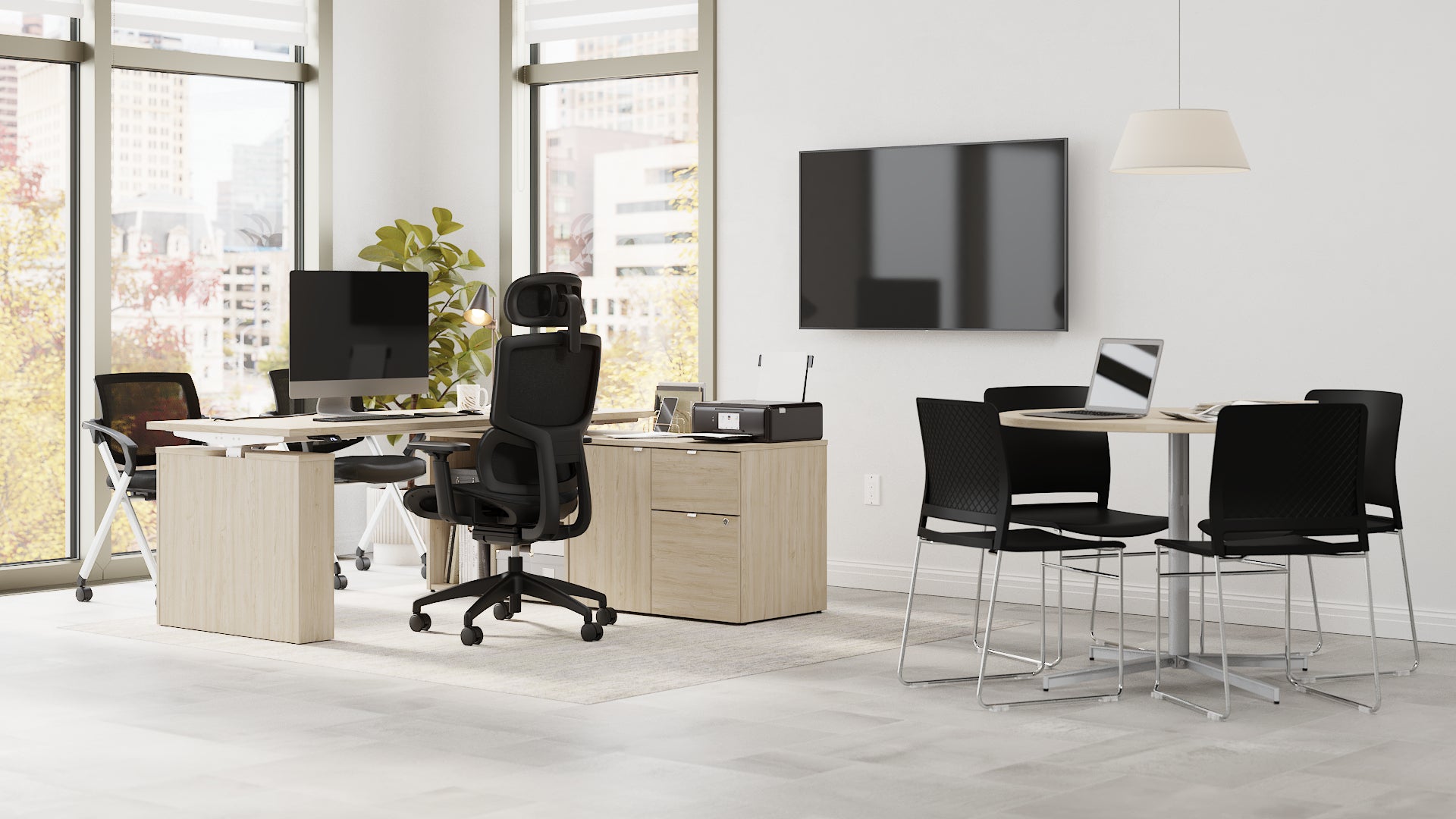
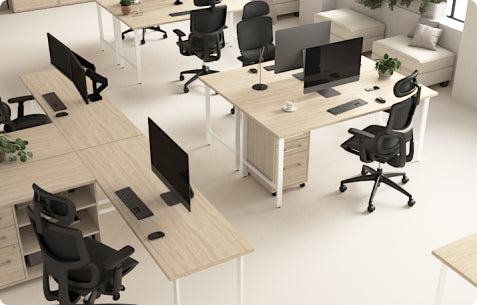
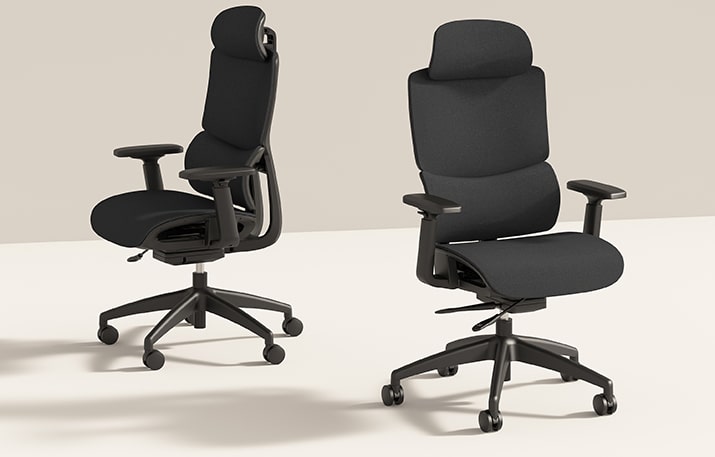
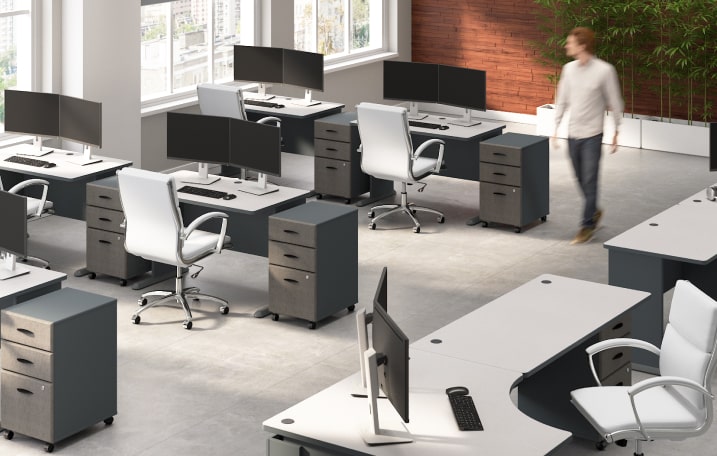
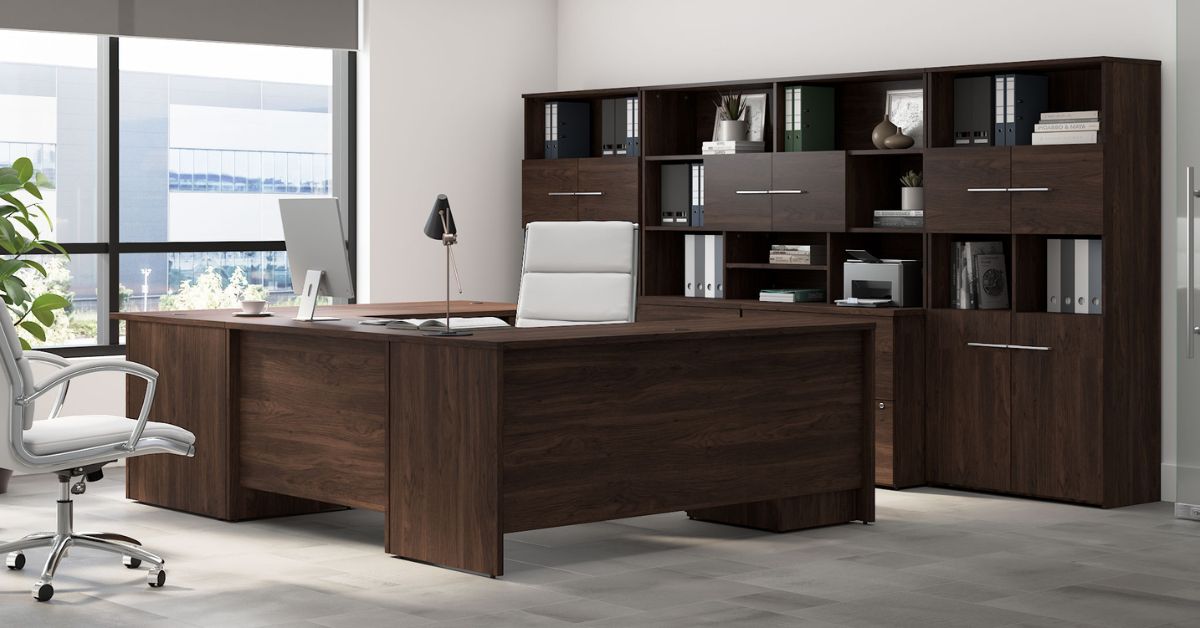
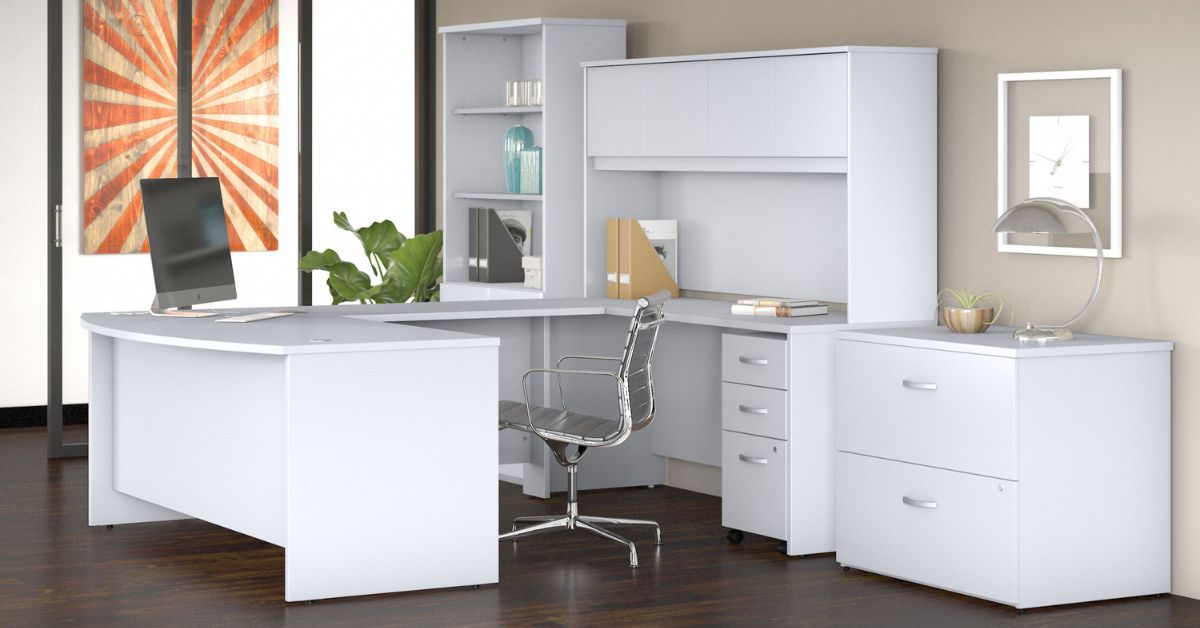

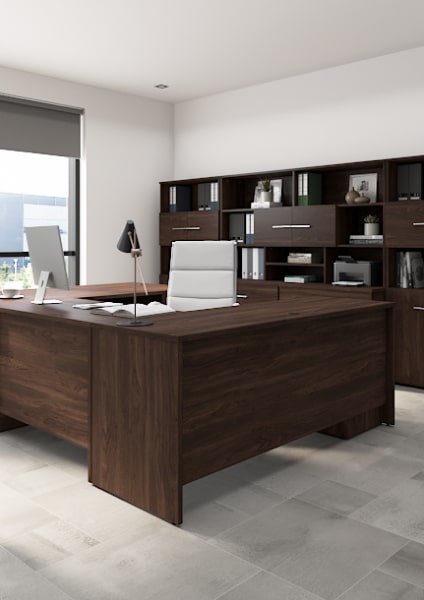
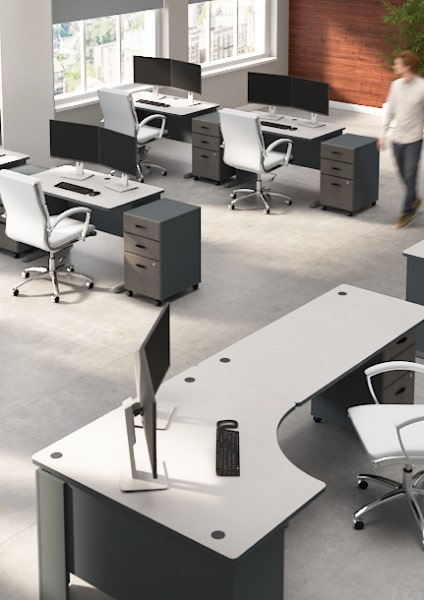
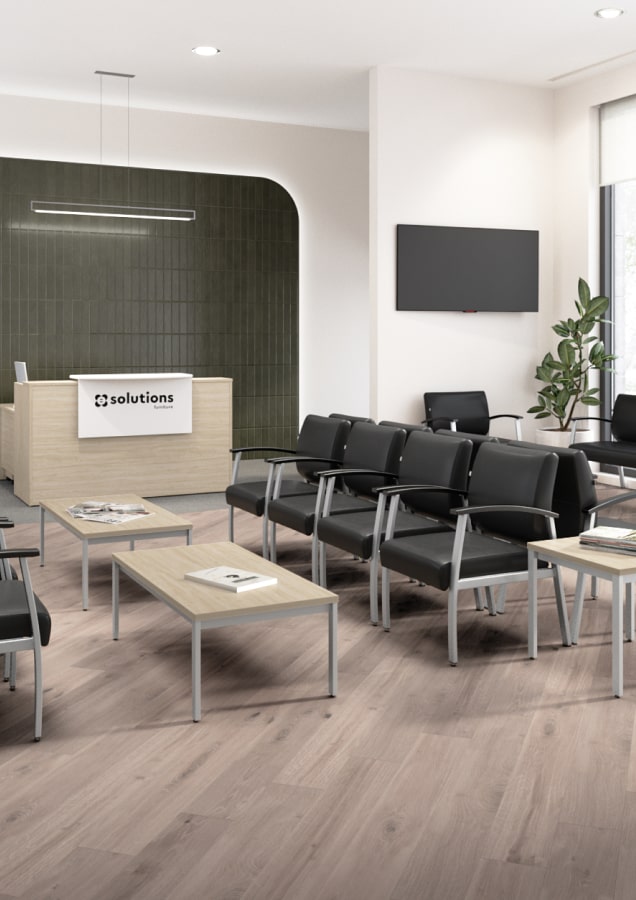
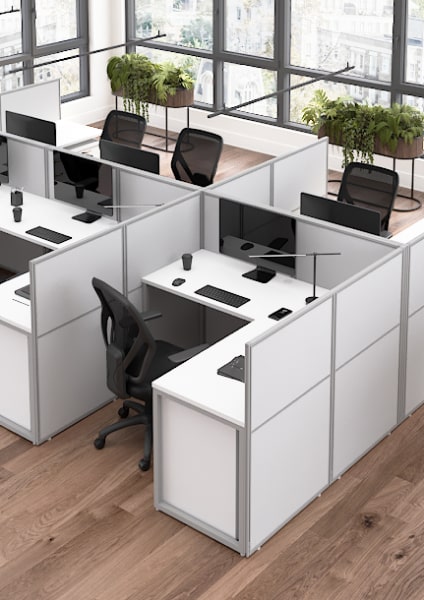
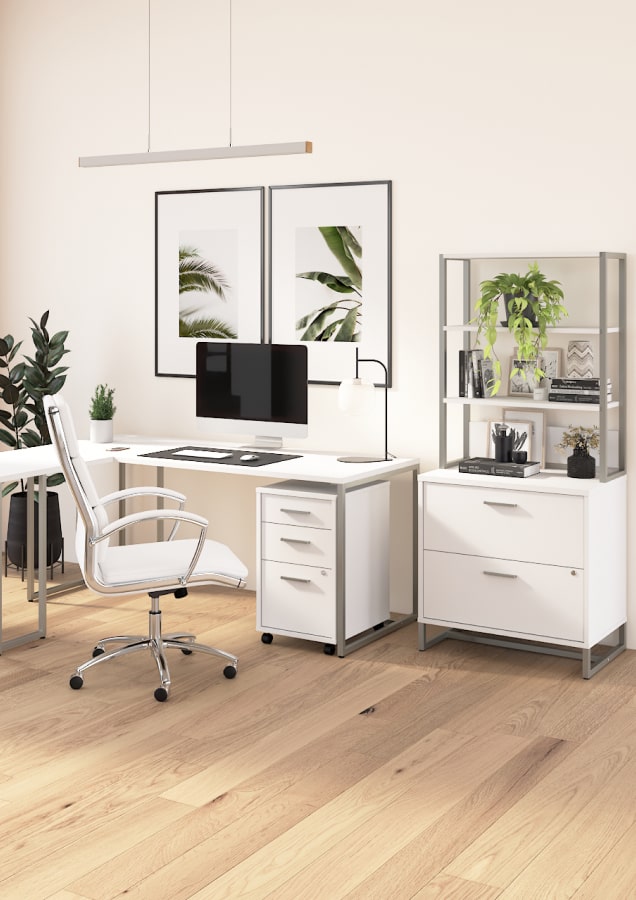
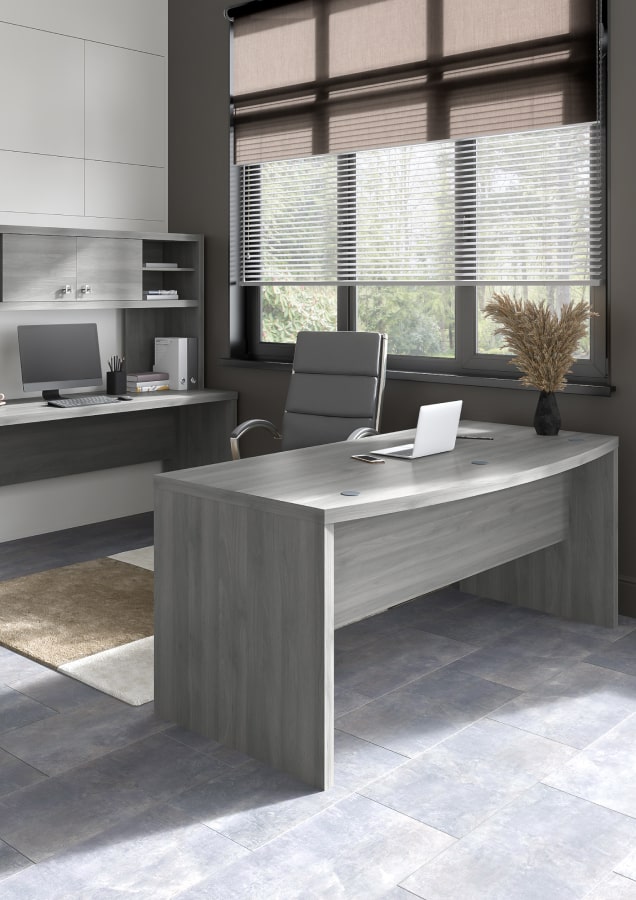
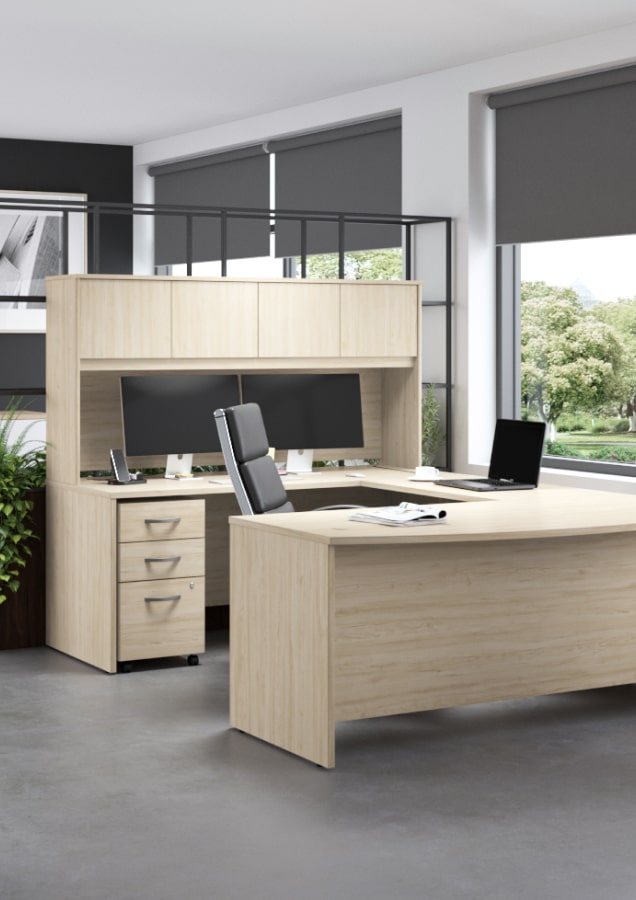
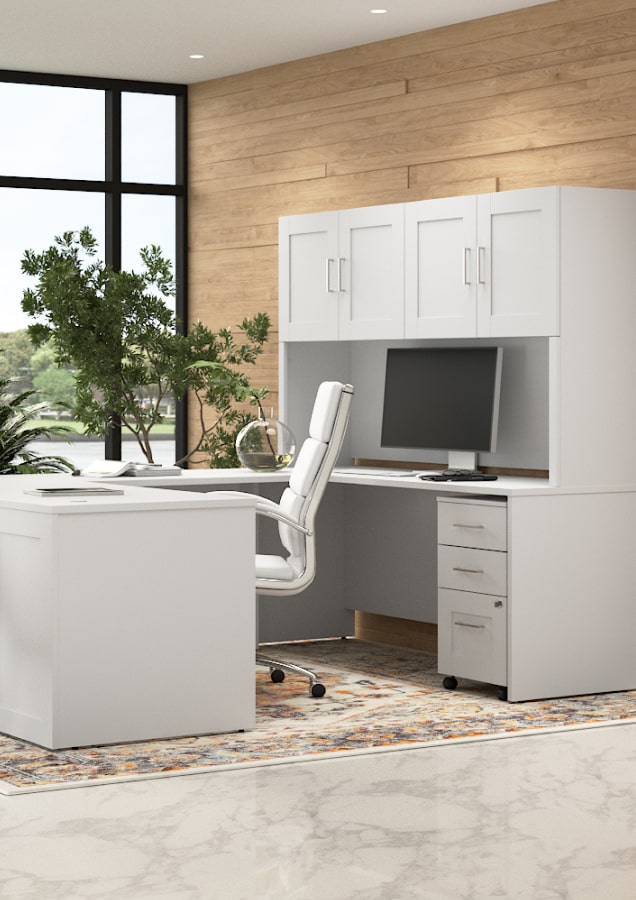
Leave a comment
This site is protected by hCaptcha and the hCaptcha Privacy Policy and Terms of Service apply.